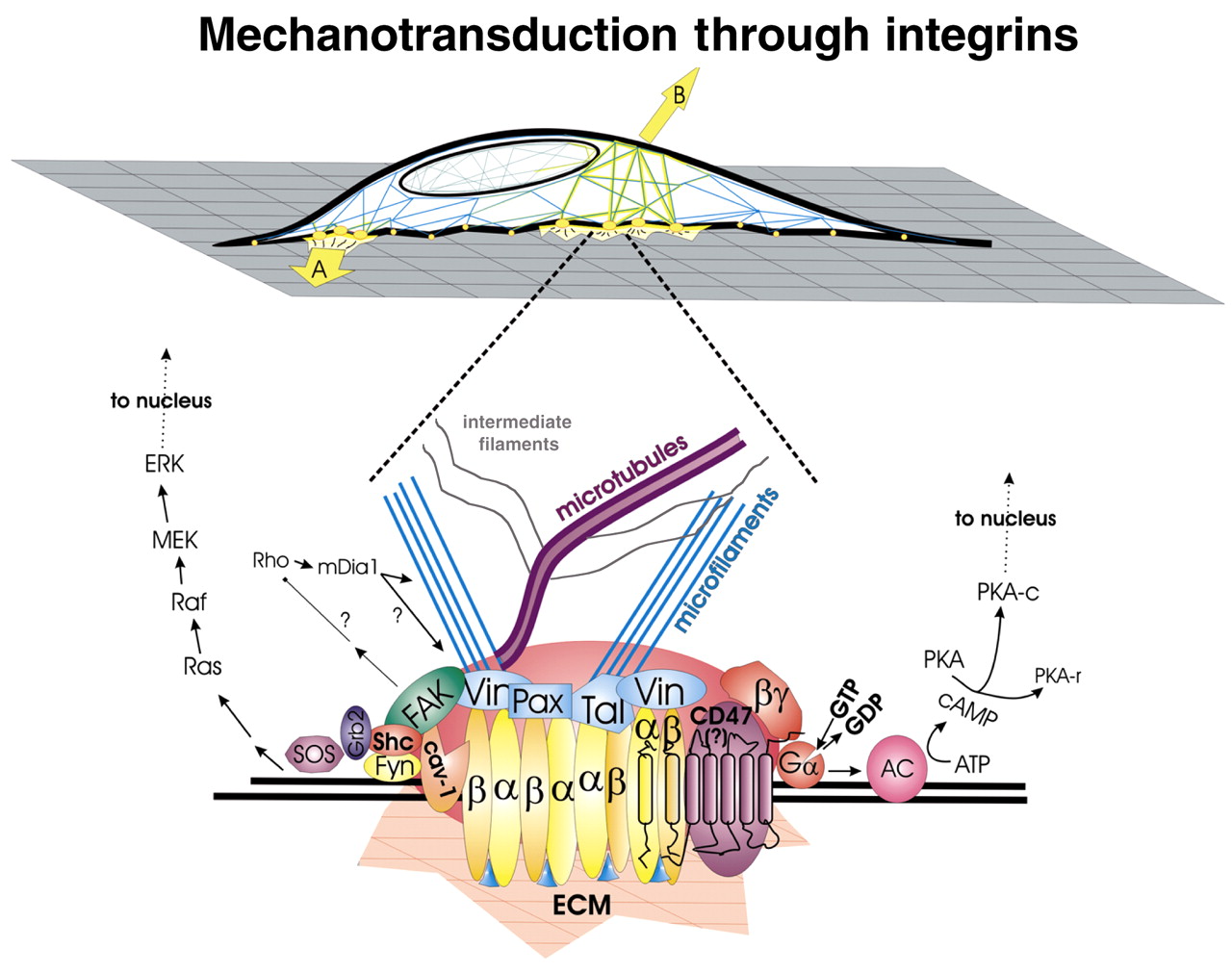Figure 7-72. Role of the myogenic regulatory proteins in muscle development. (A) The effect of expressing the MyoD protein in fibroblasts. As shown in this immunofluorescence micrograph, fibroblasts from the skin of a chick embryo have been converted to muscle cells by the experimentally induced expression of the myoD gene. The fibroblasts that have been induced to express the myoD gene have fused to form elongated multinucleate muscle-like cells, which are stained green with an antibody that detects a muscle-specific protein. Fibroblasts that do not express the myoD gene are barely visible in the background. (B) Simplified scheme for some of the gene regulatory proteins involved in skeletal muscle development. The commitment of mesodermal progenitor cells to the muscle-specific pathway involves the synthesis of the four myogenic gene regulatory proteins, MyoD, Myf5, myogenin and Mrf4. These proteins directly activate transcription of muscle structural genes as well as the MEF2 gene, which encodes an additional gene regulatory protein. Mef2 acts in combination with the myogenic proteins to further activate transcription of muscle structural genes and to create a positive feedback loop that acts to maintain transcription of the myogenic genes. (A, courtesy of Stephen Tapscott and Harold Weintraub; B, adapted from J.D. Molkentin and E.N. Olson, Proc. Natl. Acad. Sci. USA 93:93669373, 1996.)






